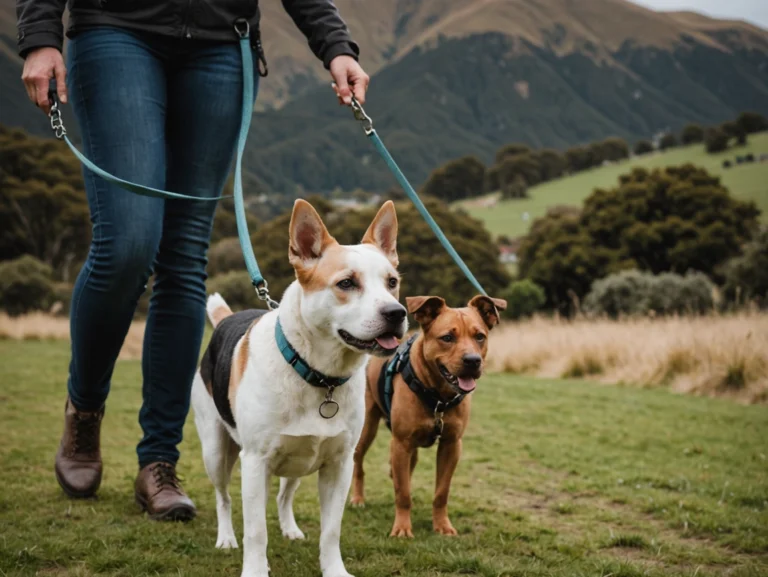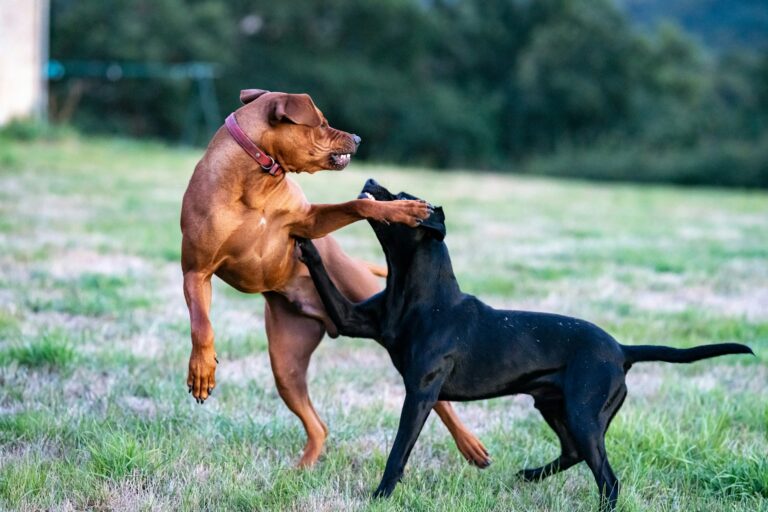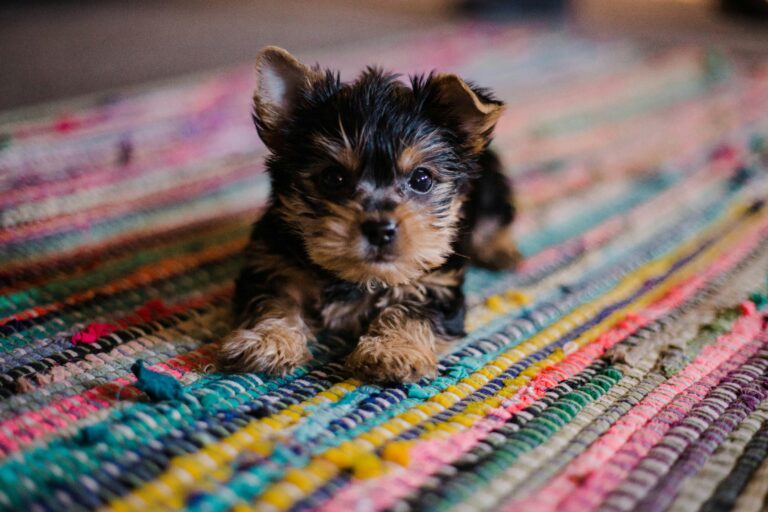House management. Crate training.
A crate training system is put in place to prevent dogs from picking up bad behaviours, and it is a building block for a good relationship between you and your dog.
Most of your time with your dog is spent at home – this is why crate training is so important. If you find it hard to get your dog to listen at home, it is highly likely the dog won’t listen when out and about in the rest of the world.
Crate training
Crate training is one of the most important parts of the house management system – it gives your dog a safe place to go, meaning you don’t have to worry about the dog when it’s in a crate.
- Stops separation anxiety (very important at a young age)
- Helps with toilet-training
- A good tool to use when you don’t have time to watch your dog while in training
- The dog can sleep in the crate (a good habit to get into)
- Becomes the dog-safe place or den
- You can bring your crate with you on holidays, making management easy outside of the home
- Protects your valuables
Many people view the crate as a negative tool as if you are caging your dog but what we need to do is shift that idea and look at it from a positive point of view.
The reality is that your dog instinctually seeks refuge in a den, or something similar, for comfort and for protection we are simulating this with a crate.

Where should you put the crate?
Where you put the crate can make a huge difference, especially during the first few weeks.
You could have it in the garage out of the house, which would eliminate dependency and promote self-confidence. You could have two crates one for upstairs at night-time, and one for downstairs in the daytime. This is not necessary, but if you want your dog to sleep inside near your room, this can be an easier option rather than moving the crate back and forth every day!
There are a few options, but the ideal location would be in a quiet corner somewhere, away from a lot of foot traffic and sunlight.
How do you help your puppy or dog feel comfortable in the crate?
Throughout the first few weeks of having your puppy, sporadically throw treats inside the crate while saying your command (“crate”, ‘bed,” “kennel up”). Four treats a few times a day will be more than sufficient.
Feed them their meals in the crate but leave the door open so they can move out when finished, you may even find they choose to have a little nap in there on their own after a few days – this is a win!
You can also cover the crate with a blanket, completing the ‘den’ effect – this can help your dog settle and feel more comfortable.
Before putting your dog in the crate for bed, be sure that they have been sufficiently exercised, so that they will be tired enough while in there. Set your alarm an extra 30 minutes early to give you time to give your dog what it needs to succeed.
Learning how to train your puppy can be a challenge, don’t stress! the key is just to be as consistent as possible! keep at it you will see the results 🙂
What should you leave in the crate?
The best answer is – as little as possible. Do not overcrowd the crate with items that are not necessary. A bedding and a water bowl are all you need. The crate is not for play, so toys are not recommended. If your dog likes to destroy their bed, opt for a simple blanket without any stuffing.
Size of the Crate
The goal here is to keep the crate as small as possible, while still allowing your dog enough space to stretch out, turn around, and lay down comfortably. If the crate is too big, your dog could have a toileting accident. If the crate is too small, your dog will not fit and will be uncomfortable. Generally, if your dog can stand up, turn around, and you can fit a water bowl inside, then it’s a good size.
If you have any questions about our dog daycare services or would like to book a place for your pet, please get in touch with us at 027 911 4115. or simply fill in an enquiry form here




